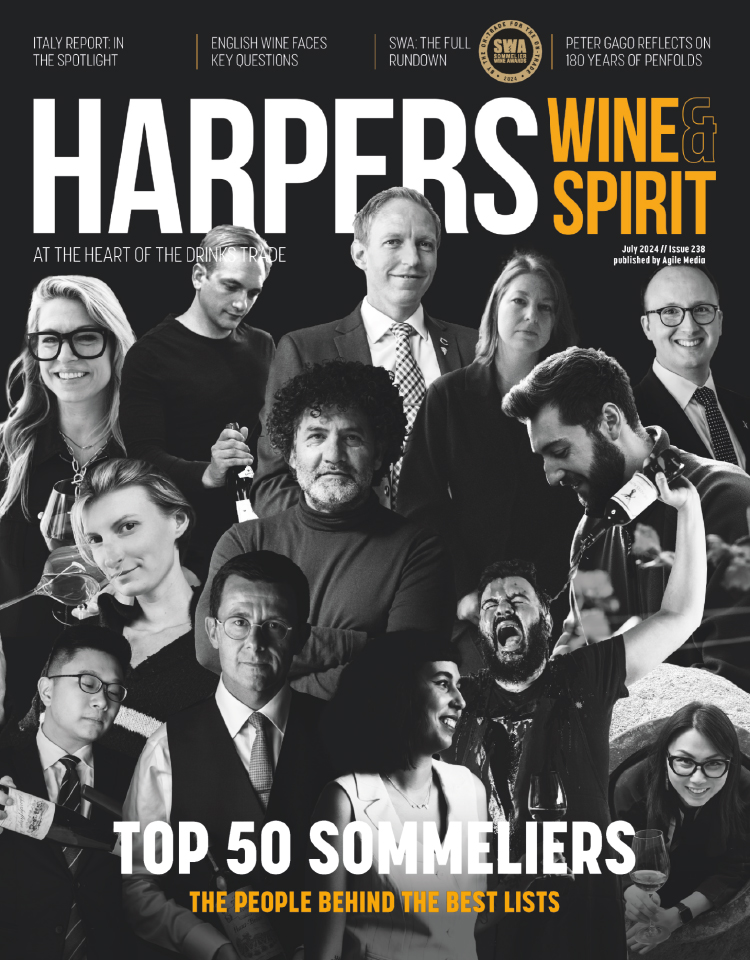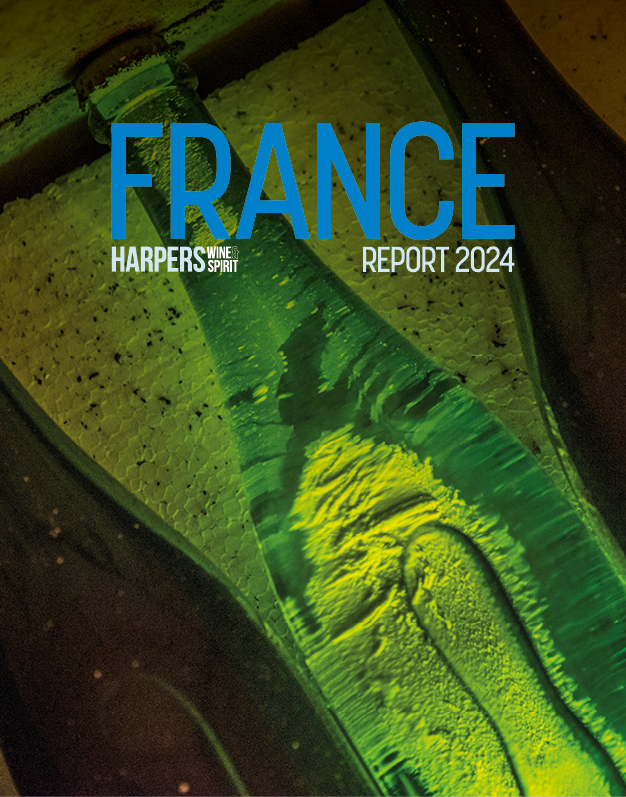Short of perfection, by Neil Beckett
So deserved is talk of Burgundy's Golden Age that one almost feels as if the famous figures from its first great flowering - the four Valois dukes, Philip the Bold and his successors, and even the Lady and the Unicorn - might step down from their canvasses and tapestries and take part in the next Trois Glorieuses. The 2005 vintage, sampled at some 20 en primeur tastings in London over the past several weeks, seems to be the high-point of the region's renaissance, surpassing even the 1990, 1999 and 2002 vintages.
I am as fond of Burgundy as of any region, and I could not, nor would I, challenge the consensus that 2005 is a great vintage - particularly in the sense that it is successful throughout the region. Jasper Morris MW, buying director for Berry Bros & Rudd, has described 2005 as the most uniformly successful vintage I have seen in my 25-year career'. But I resist the suggestion from some shippers that 2005 is the perfect vintage'. In a region as complex as Burgundy, things are rarely that simple. There are aspects of the 2005 vintage that are less positive and others that are more positive than is normally recognised.
As for 2005, not everybody in Burgundy is euphoric. Regional wine magazine Bourgogne Aujourd'hui ranked the Cte de Nuits reds at 19/20, the Cte de Beaune reds at 18/20, and the whites of the Cte de Beaune and Chablis at 16/20. Without wishing to attach too much importance to such scores, these suggest a great vintage for reds, and a very good vintage for whites, but certainly not perfect. Many British commentators seem to share the Bourgogne Aujourd'hui summary - though there is nothing inferior about the best Cte de Beaune reds. Moreover, at least one legendary Cte de Beaune estate - Domaine Leflaive - is thought by some to have made its most outstanding whites yet.
But in general the whites are esteemed less highly than the reds. The best do have enough acidity and/or compensating minerality to cut the richness, or enough sheer concentration to hold their shape. But while baby fat may be masking these redeeming qualities in some, many seem to lack the nervosit, scintillation and tension that some still look for in white Burgundy. Of course it's very early days. We should always try to appreciate the wines for what they are, taking them on their own vintage terms. At the same time, we all have our stylistic preferences. And while many, maybe most, will prefer the fleshier, richer, weightier 2005 whites, I am among those who find many of the 2004s more tempting.
While I'm delighted people recognise 2005 as a great vintage, I'm disappointed so many seem to think it so much better than 2004. Morris reveals that Berry Bros & Rudd sold as much wine in the first two days of the 2005 campaign as during the whole of the 2004 campaign. The UK is generally less obsessed with great' vintages than is the US. But we seem to be increasingly guilty of it - precisely when there is less and less reason.
Similarly with the scramble for the supposed top' wines - the grands crus that represent less than 2% of production. Of course many are sensational, and those with the necessary resources will want to have them. But they and others will be missing out if they don't deign to look lower down.
The fluctuating demand has resulted in larger price swings. Prices are still more stable than in Bordeaux, and the average rise for this latest Burgundy vintage may be only 15% or so, but accepting lower prices for the 2004s, and anticipating lower prices for the 2006s, some producers have slapped on as much as 40% for the 2005s. Some of the top' wines, great as they may be, no longer seem quite such great value.
Another difficulty is allocation - a problem in all good vintages, but more so than ever this year. Many merchants have been struggling to secure more wine, and have been disappointing 10 of their customers while satisfying one. Some private clients who paid to attend one or two of the London tastings were put out when they discovered that many of the wines they wanted had already sold out.
It seems it is not only amateur buyers who have got caught up in the hype: some in the press and trade have as well. We all have certain expectations, and it is hard not to be influenced by them, but according to one shipper, samples he knew not to be showing well were praised to the skies by professionals who seemed to be not really tasting them. A few who have made the effort to go and taste sur place have noted how much better the samples showed there.
Beyond the evident quality of the 2005 vintage itself, there is much more on the positive side. There have never been so many good and great producers of red Burgundy. And whatever one makes of the style of the 2005 whites, producers seem to be redoubling their efforts. Morris predicted recently that by the end of the decade there will be as many as 30 great Chardonnay domaines, rather than the eight or 10 there are today. Finally, there seem to be more effective responses to the problem of premature oxidation that has plagued the region recently. We must all hope the 2005s fulfil their early promise, so that nobody, not even Philip the Bold, is disappointed.







